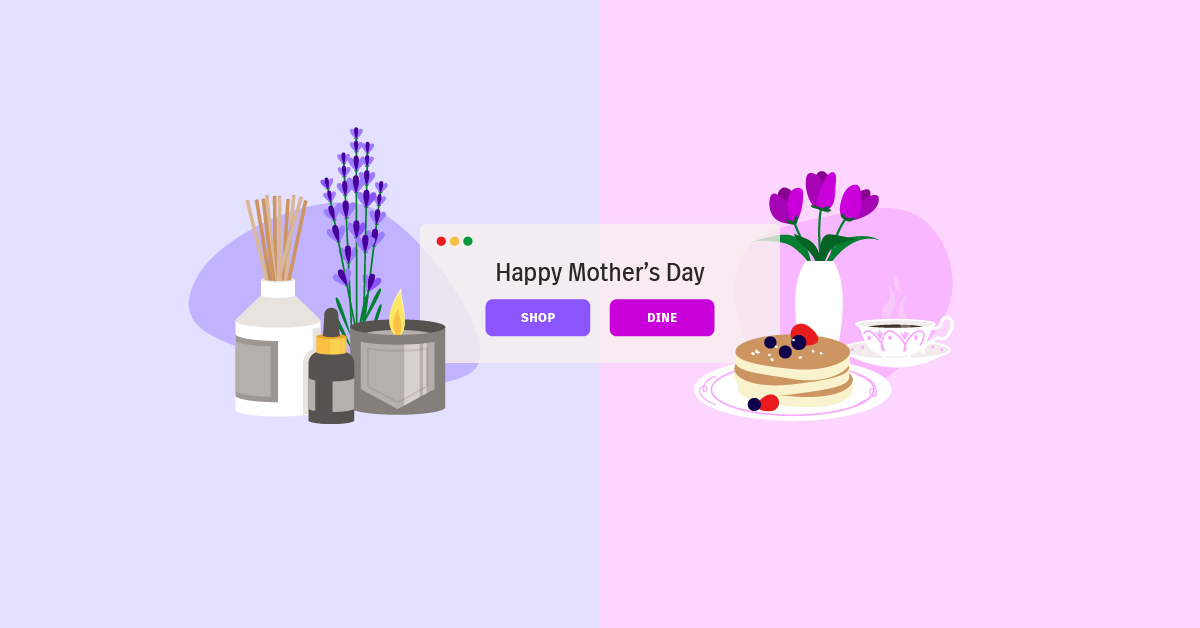Flashback to 2019.
People are irate with the Game of Thrones finale, the US women’s soccer team wins the World Cup and J.Lo wears that green dress. Again.
Life is good.
And just as everyone finally got the song “Old Town Road” out of their head, the world changed forever.
Flash forward to 2022 and it’s time to get back on the horse.
Some things have changed for the better—like not having to meet your pizza delivery guy at the door anymore. Some things have gone back to normal, like finally being able to see your friends without a mask.
And, as for the restaurant industry, some things have just become downright essential.
Removing dollar signs on the menu to potentially increase spending just won’t cut it anymore. What was once “going the extra mile” could now be the one thing keeping you from going out of business.
Tracking Menu Profitability is that thing.
When it comes to menu profitability, there are two areas of our operation we want to focus on:
Each of them on their own are equally as important; however, the two of them combined are *Chef’s kiss.
Calculating Recipe Costs
Knowing what each of your recipes are costing you to make, whether it be a fancy cocktail or a classic Caesar salad, is considered measuring your profitability at the most rudimentary of levels.
Simply put, how much profit are you making every time you serve a customer their order? To find that number, you first need to calculate your cost percentage of your menu item.
Most bars and restaurants aim for an average of 20% for bar programs and 30% for food programs but there are an additional few things you’ll want to consider when pricing your menu items:
- Product variation—across all categories, brands, and drink/food types
- Catering to your clientele and neighborhood
- The latest industry beverage trends
- Pour cost across the menu
- Price range across the menu
To price a recipe, add up the total price of all of the ingredients used to make it. Then, you can take that number and divide it by your desired cost percentage to help you determine what price point you should be selling your menu item.
Here’s a real example from one of our customers.
The Moscow Mule
4 oz. Gosling’s Stormy Ginger Beer @ $1.32 per can / 12 oz. = 0.11 per ounce = 0.44 total cost
1.5 oz. Green Mark Vodka @ $12.99 / 25.3 ounces = 0.51 per ounce = 0.77 total cost
Total drink cost = $1.21
Ideal cost percentage = 12.95%
$1.21 / .1295 = $9.34
Drink price = $9.34
You can also try BevSpot’s free menu price calculator, which will do all of this math for you.
Once you have priced out your menu, the other half of the task is making sure it’s kept up to date, especially echoing recent inflation.
A menu item that holds a 15% cost percentage today could be at a 20% cost percentage tomorrow if the ingredients that make up that recipe increase in price by your vendors – and not being privy to these changes could have a detrimental impact to your business.
With that, it’s crucial that you are notified of this information in real-time so you can make quick decisions that will help your bar or restaurant not only maintain profitability but prevent you from slipping under.
Strategies to increase profitability of a menu item:
- Reduce portion size
- Swap out one ingredient for a less expensive one
- Increase sales price
Once you’ve calculated your cost percentage for every recipe and are keeping up with its cost fluctuations, it’s important to make sure that your most profitable menu items (the ones with the lowest cost percentages) are the most popular; hence making you the most money.
How do we do that? Enter the power of sales data.
Sales Data
Improving your bar’s profitability comes down to knowing the numbers. And without the ability to analyze data from your POS system, you won’t be able to connect the dots with the rest of your F&B program. That’s why having real-time data flow between your POS and inventory systems like Lightspeed and BevSpot is so important as real-time menu profitability is just one of the many benefits.
Once you’ve identified the recipe cost for each of your menu items, you can compare them to the recipe’s sales volume, found on the product-mix or “PMIX” from your POS.
The ones with a low pour cost and high sales volume are the winners, and the ones with a high pour cost and low sales volume are the drinks you’ll want to get rid of ASAP.
Pairing The Two Together
Building a menu with profitability and popularity in mind will not only set your operation up for optimal success but it will also set you apart from your competitors.
However, your menu should seldom be permanent and instead be reflective of both up-to-the-minute sales data and real time cost percentages – which makes for the most perfect pairing on your menu.
You can see how BevSpot can help you do that by checking out a video overview of our Profitability Report.
If you are consistently taking inventory, reconciling your invoices and keeping track of price fluctuations among your products, your sales data will do the rest and ensure you have the visibility your bar or restaurant needs in order to ensure it not only survives but thrives.
To learn more about how Lightspeed and BevSpot work together, talk to one of our hospitality experts today.

News you care about. Tips you can use.
Everything your business needs to grow, delivered straight to your inbox.



